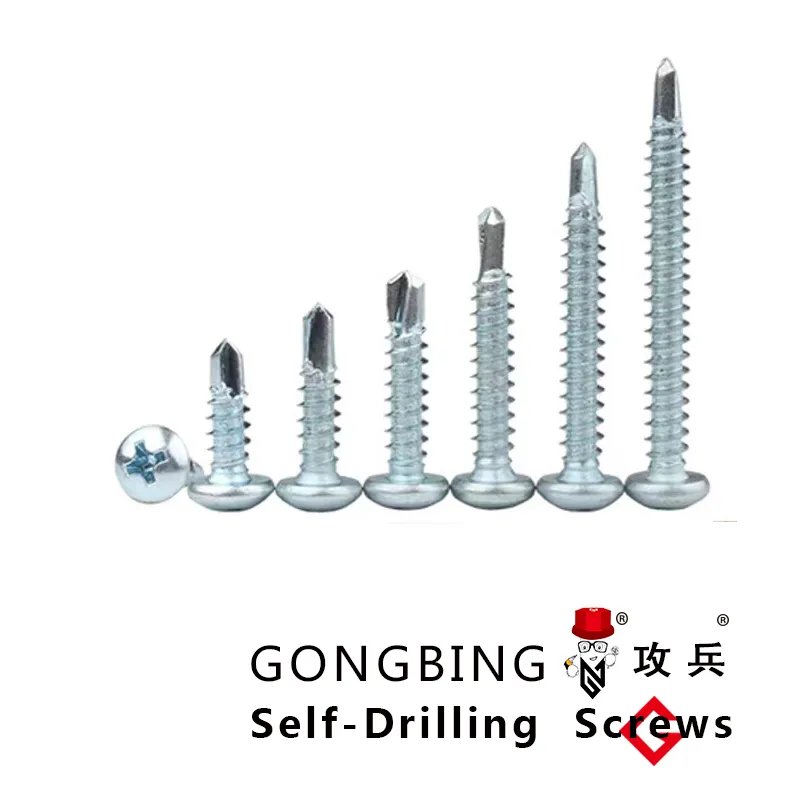Guide to Different Sizes of Chemical Anchor Bolts for Construction Projects
Chemical Anchor Bolt Sizes A Comprehensive Overview
Chemical anchor bolts are an essential component in modern construction, offering exceptional strength, durability, and reliability in various applications. Unlike traditional mechanical anchors, chemical anchors utilize a resin-based adhesive to bond the bolt to the substrate material. This innovative approach allows them to perform exceptionally well in concrete, brick, and other materials where mechanical anchoring may not provide the desired performance. This article delves into the sizes of chemical anchor bolts, their applications, and the factors to consider when selecting the appropriate size for your project.
Understanding Chemical Anchor Bolts
Chemical anchor bolts come in a variety of sizes to suit different applications, load requirements, and substrates. Typically, they consist of a steel bolt, a mixing nozzle, and a resin cartridge. To install, the resin is injected into a pre-drilled hole, followed by the anchor bolt. The chemical reaction between the resin and the substrate results in a solid bond that can withstand significant loads.
Common Sizes of Chemical Anchor Bolts
Chemical anchor bolts are available in multiple sizes, generally categorized by diameter and length. The most common diameters include 8mm, 10mm, 12mm, 16mm, and 20mm. The length of the bolts can vary from 80mm to 300mm or more, depending on the specific requirements. It is important to select the right size based on the load capacity required for your application.
Load Capacity and Applications
The load capacity of chemical anchor bolts generally increases with the diameter of the bolt. For instance, an 8mm bolt may have a lower load capacity compared to a 16mm bolt. Consequently, understanding the load requirements of the application is critical. Typical applications for chemical anchor bolts include
1. Structural Support Used in steel framing, bridges, and other significant load-bearing structures. 2. Fixtures and Equipment Ideal for securing heavy machinery, industrial equipment, or fixtures to concrete floors or walls. 3. Outdoor Installations Suitable for anchoring fences, playground equipment, and outdoor furniture, where resistance to weather and corrosion is necessary.
chemical anchor bolt sizes

Factors to Consider When Selecting Size
When deciding on the appropriate size of chemical anchor bolts for a project, consider the following factors
1. Load Requirements Properly assess the loads the anchor will withstand—tensile (pulling) and shear (side) loads. Consult manufacturer specifications for load ratings based on size. 2. Substrate Material The type of material (concrete, brick, etc.) impacts bond strength. For heavy loads in weak substrates, larger bolts may be essential.
3. Environmental Conditions Consider exposure to chemicals, outdoor elements, or high-stress conditions when choosing materials and coatings to avoid corrosion.
4. Installation Method Determine whether the installation process and available tools can accommodate the anchor size selected.
5. Regulatory Standards Ensure to adhere to local building codes and standards, which might dictate specific anchor sizes and types for safety and performance.
Conclusion
Chemical anchor bolts are invaluable for ensuring structural integrity across a variety of industries. Choosing the right size is crucial for meeting load requirements and ensuring the longevity of the installation. By understanding the sizes available and considering factors such as load capacity, substrate material, and environmental conditions, project managers and construction professionals can make informed decisions for their anchoring needs. With the right chemical anchor bolt in place, one can build with confidence, knowing that a reliable foundation is secured firmly to the ground.
-
Weatherproof Plastic Expansion Anchors for OutdoorNewsJun.06,2025
-
Sustainability in the Supply Chain: Eco-Friendly TEK Screws ProductionNewsJun.06,2025
-
Load-Bearing Capacity of External Insulation FixingsNewsJun.06,2025
-
Double Head Bolts: Enhancing Efficiency in Industrial MachineryNewsJun.06,2025
-
Corrosion Resistance in Chipboard Screws: Coatings for Wholesale DurabilityNewsJun.06,2025
-
Butterfly Toggle Bolts : Enhancing Structural ResilienceNewsJun.06,2025
